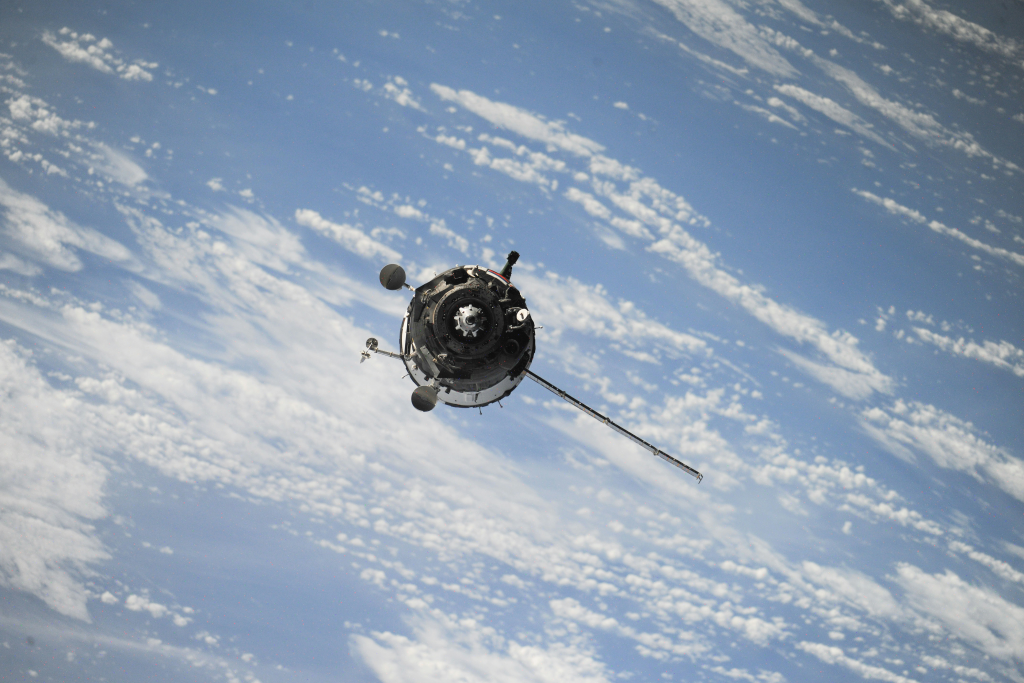In the realm of space exploration, a significant issue has arisen that threatens the safety and sustainability of future missions - space debris. A private spacecraft, ADRAS-J, operated by Astroscale Japan Inc., has captured the first portrait of pieces of space junk in orbit. This marks a crucial step towards understanding and addressing the challenges posed by this growing problem.
Launched in February as part of the Japanese Aerospace Exploration Agency's space debris removal program, ADRAS-J aims to approach and survey an existing piece of space junk using rendezvous and proximity operations technologies. The mission will demonstrate the necessary skills for on-orbit services.
In April, ADRAS-J photographed the rocket's upper stage from several hundred meters away. This image, a first of its kind, shows the isolated rocket body floating in the vastness of space.
Astroscale Japan states that this milestone demonstrates the ability to make a controlled approach to a piece of space debris. In the next phase of the mission, ADRAS-J will take more images as it gets closer to the rocket debris. In a follow-up mission, another spacecraft will approach the same rocket body and then deorbit the rocket part using a robotic arm.
The presence of space debris poses risks to new spacecraft and the International Space Station. There are millions of pieces of these human-generated objects, such as defunct spacecraft or rocket hardware, orbiting Earth at speeds of up to 17,500 mph. NASA has identified a mystery object that crashed through a Florida man's home, further highlighting the dangers posed by uncontrolled space debris.
In addition to the physical hazards, space debris also has environmental implications. Decades of launches and explosions have left behind an accumulation of vaporized residue of metals commonly used in rockets and satellites. This residue is now accumulating in Earth's stratosphere, potentially impacting the ozone layer and climate.
As space exploration continues to expand, addressing the issue of space debris becomes increasingly important for both safety and sustainability purposes. The ADRAS-J mission serves as a significant step forward in finding solutions to this pressing problem.



